
How many stories, how much effort, how many difficulties and obstacles lie behind a publication? And even more so when it comes to an iconic publication of high aesthetic value and Czech difficulty, the result of an idea by Antonis Benakis.
The album Greek National Costumes was a publishing effort that came out of its time, the 1930s, when the bourgeoisie and intellectuals of the country sought to highlight timeless Greek identity in folk tradition and modern culture. Work on the publication began in 1930, a year before the Benaki Museum opened its doors to the public. Despite the many difficulties of the time, the effort was not abandoned, and Volume I was finally published in 1948 and Volume II in 1954. The pages of the album unfold the history of Greek clothing and highlight its variations according to location, lifestyle, and social class.

Nicolas Sperling, “Portrait of Antonis Benakis,” 1927, pastel on paper mounted on canvas (Benakis Museum).
And while Antonis Benakis and his associates are on one side of the album, on the other is the Corfu-based graphic arts company Aspiotis – ELKA S.A., which undertook the extremely demanding task of printing the publication. The realization of the exhibition “The stories behind the publication Greek National Costumes” is the result of the fortunate collaboration between the two institutions that are the “successors” of the pioneers, on the one hand the Historical Archives of the National Bank Greece, which maintains the Aspiotis archive – ELKA S.A., and on the other, of course, the Benaki Museum. The decision to hold the exhibition came after a proposal by the head of the Archive, Mr. Paris Kalamaras, and the parallel completion of a related study by the curator of the Modern Greek Culture Collection of the Benaki Museum, Ms. Xenia Politou.

Nelly’s, (Elli Souyoultsoglou- Seiradari), collaborators of the Folk Handicraft Exhibition organized as part of the Delphic Festivals, wearing costumes from various regions of Greece, Delphi 1930 (Benaki Museum).
In the museum’s exhibition space, visitors will learn step by step about the process of creating the album Greek National Costumes. Starting, of course, with the people chosen by Antonis Benakis to collaborate on the project: Russian painter Nicolas Sperling, folklorist Angeliki Hatzimichali, and, of course, the Aspiotis-ELKA S.A. company. The photographs, drawings, and correspondence will be on display. The photographs, drawings, correspondence, and other evidence on display in the showcases not only highlight the technological innovations that were applied and the methodical approach taken by the contributors to the album, but also recount the ideological context of the interwar period, when craftsmanship and folk tradition were used to forge a Greek identity in response to the collective trauma of the Asia Minor Catastrophe.

Nicolas Sperling, “Male figure in urban attire,” pastel and pencil on paper. Depicts Antonis Benakis (Benaki Museum).
The exhibition is accompanied by a catalog which, with its rich photographic material and documented texts, could also serve as an independent scientific publication, contributing to the bibliography of folklore and history of the interwar period. The catalogue is a joint publication of the two organisers, the Benaki Museum and the Historical Archive of the National Bank of Greece.

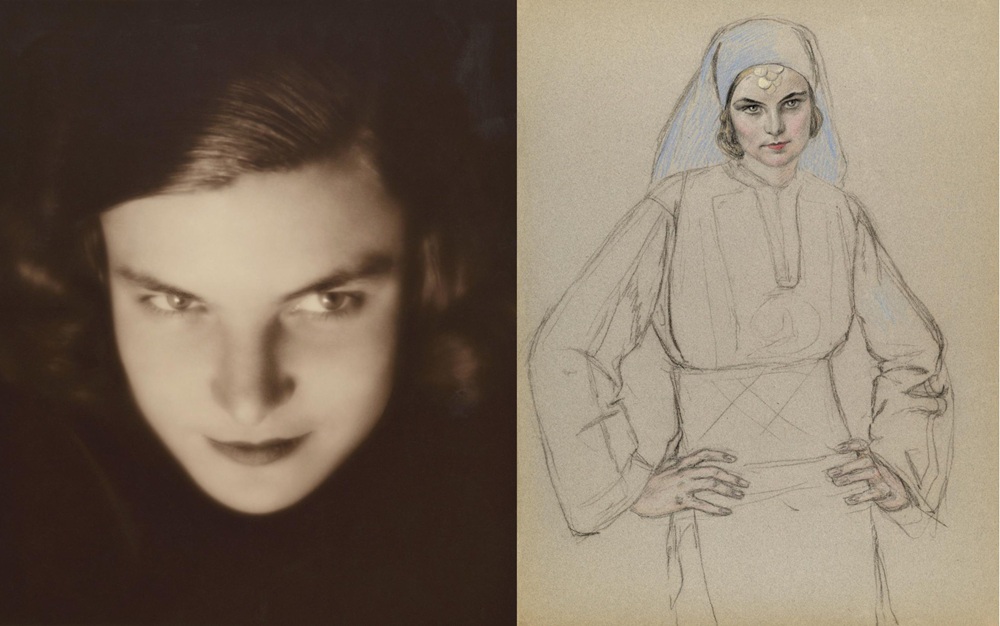
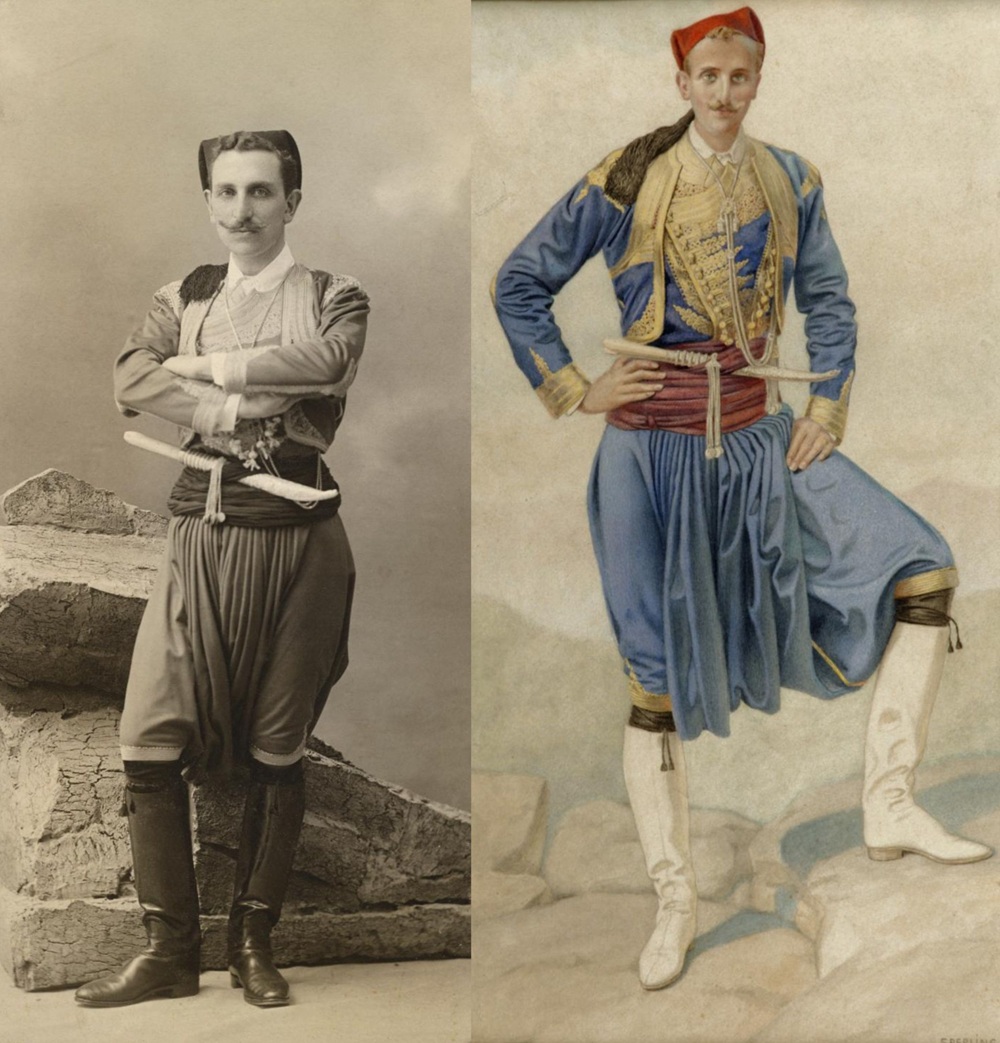


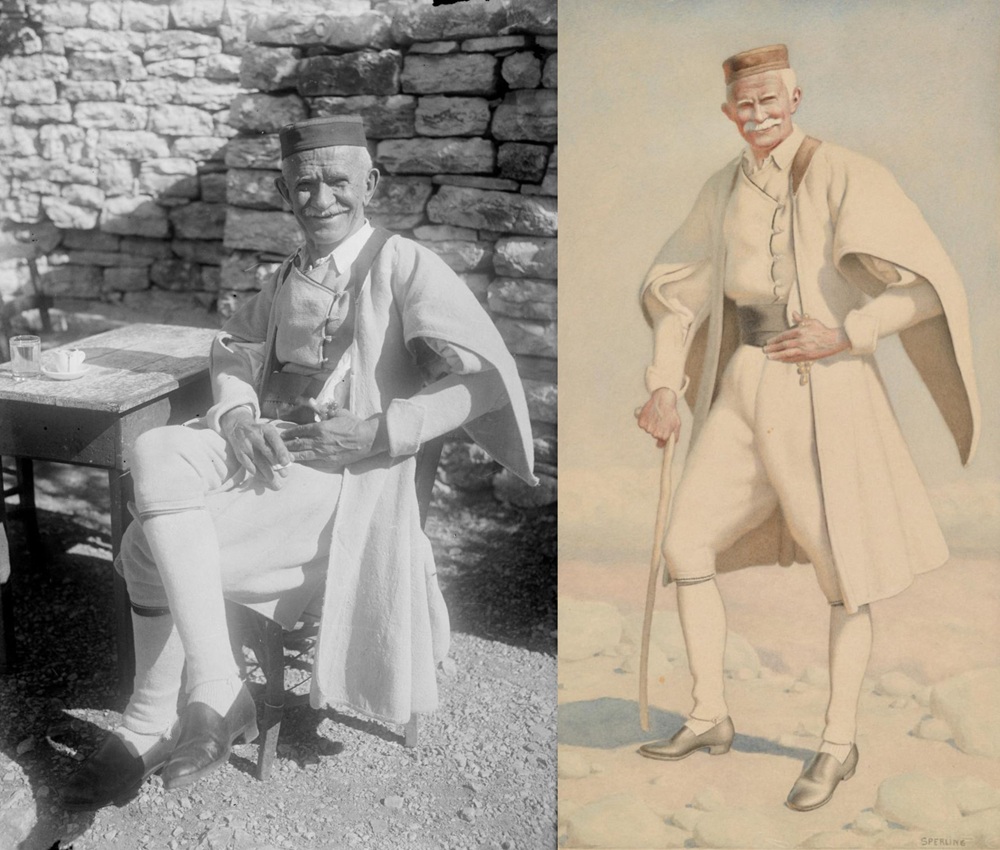




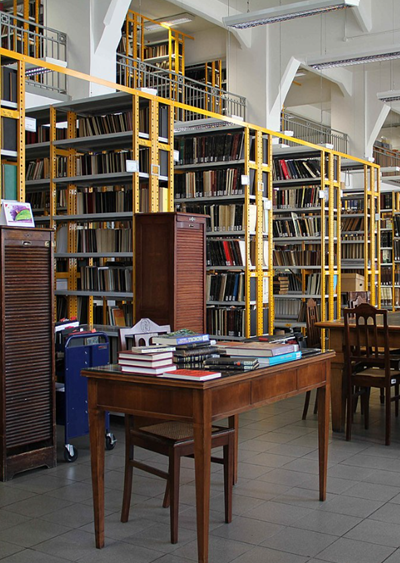
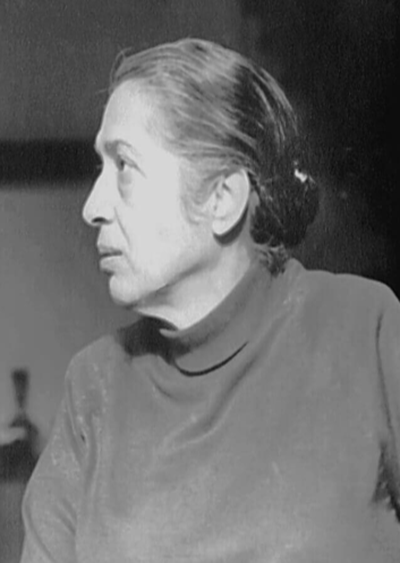
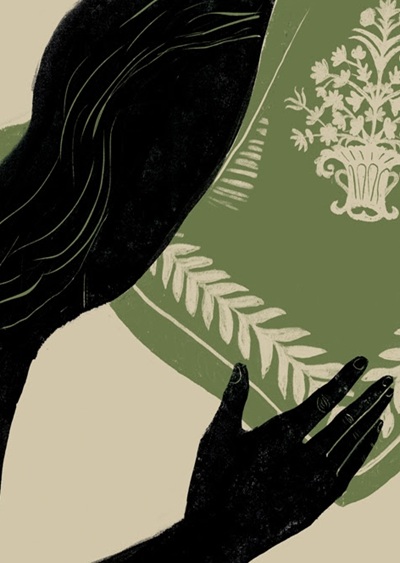

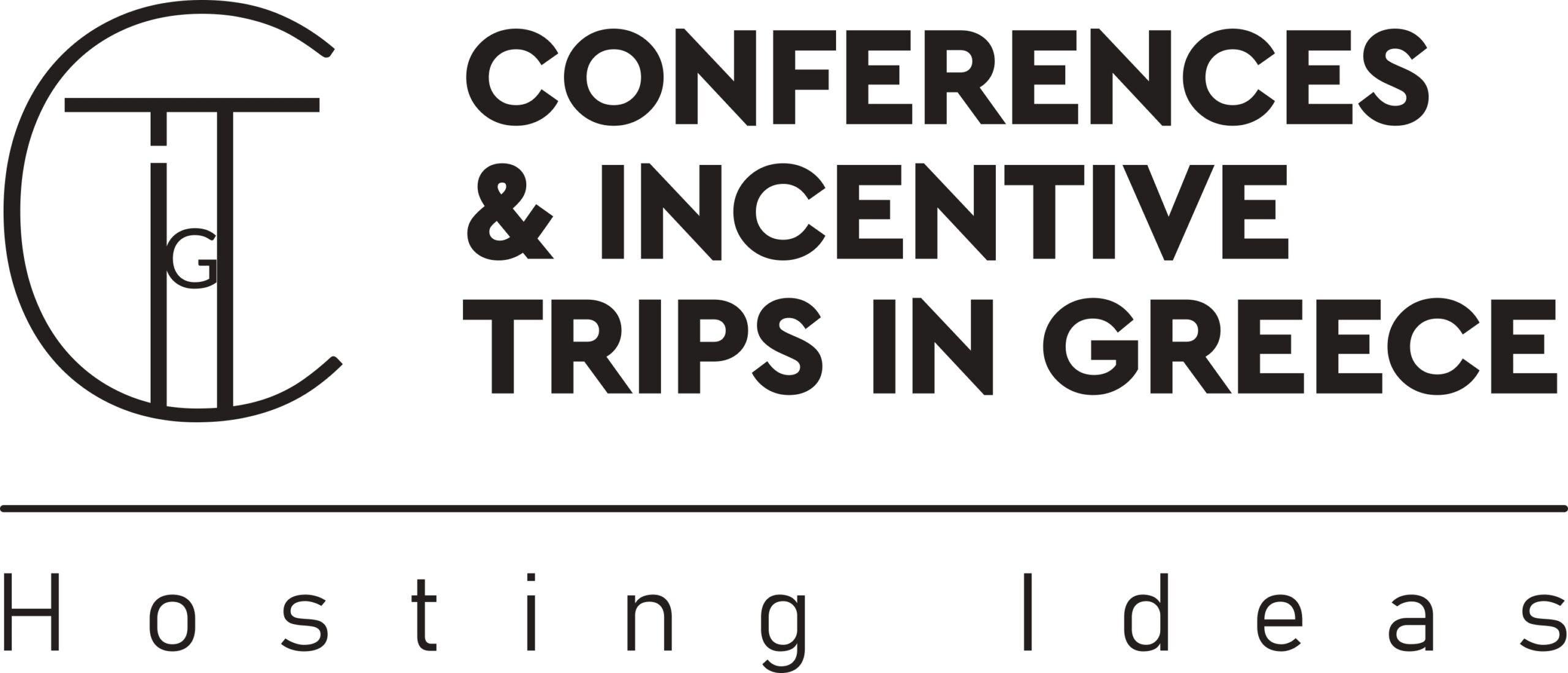

Leave A Comment